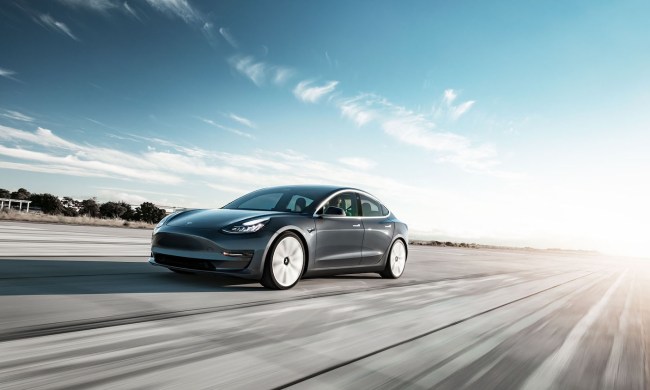
Self-driving cars are only as good as their sensors, so automakers are constantly searching for better versions of this tech. That led Hyundai’s Cradle venture capital arm to invest in Netradyne, a company that has developed cameras with artificial intelligence software. Hyundai hopes Netradyne’s tech could be used in future autonomous-driving and driver-assist systems, by creating better digital maps for those systems to use.
Netradyne currently makes dash cams for fleet vehicles, which are used to monitor driver behavior and road conditions. Hyundai believes data collected by these cameras can be used to create maps that can be used by driver-assist systems and, eventually, autonomous cars. These maps allow self-driving cars to figure out where they are and are also vital to assist systems that keep human drivers in charge. Cadillac mapped thousands of miles of North American highways before releasing its Super Cruise system, for example.
The cost of outfitting vehicles to map roads means many automakers can’t deploy enough vehicles, according to Hyundai. The automaker claims Netradyne’s cameras are more cost-efficient and, because they are already installed on vehicles in commercial fleets, the cameras can provide up to date information without the need for dedicated surveys.
Netradyne has already captured and analyzed more than 1 million miles of the 2.7 million miles of paved roads in the United States, according to Hyundai. The data set includes multiple passes over the same roads, showing how road conditions change throughout the year, Hyundai noted. Netradyne has 350 million miles of road data, including multiple scans of the same roads, according to Hyundai.
The investment deal with Netradyne follows the announcement of a partnership between Hyundai and Aptiv, a tech company currently demonstrating prototype autonomous-driving systems on the streets of Las Vegas. The partners will begin testing “fully driverless” cars in 2020, according to a Hyundai press release. The goal is to have a complete autonomous-driving technology platform ready for production by 2022.
Similar to rival Ford, Hyundai will reserve its first production self-driving cars for commercial fleets rather than retail sales. Instead of selling cars to customers, Hyundai will likely provide them to ridesharing services. This gives automakers more control over autonomous-driving tech as it is first deployed, ensuring a smooth rollout.


